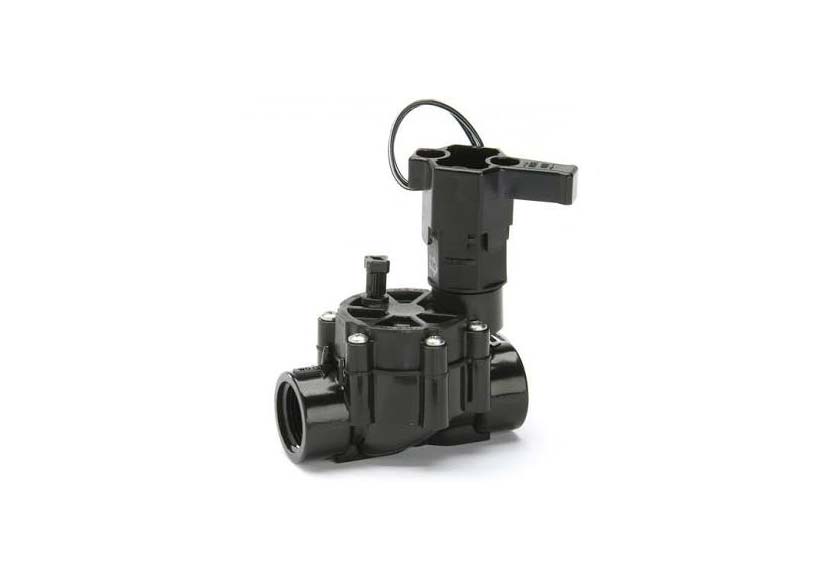A sprinkler valve solenoid is the part of the sprinkler that controls water pressure in the system. Sprinkler controllers send out electrical systems to the valve solenoid,which then allows only enough water through the valve to create the right pressure. Pressure determines how much water comes out of the sprinkler head and how far it goes.
So, the sprinkler valve solenoid is a critical part of the sprinkler system. Unfortunately, they go bad frequently, often due to debris. Here’s how to tell if a sprinkler valve solenoid is bad and what to do about it if it is.
Signs that Your Sprinkler Valve Solenoid is Bad
There are a few common problems that happen is your sprinkler valve solenoid has broken, including:
- Never-ending water: The valve solenoid may get stuck open, allowing all or a trickle of water through at all times. This will keep the sprinkler running even when the system tries to turn it off.
- Water leaks: High pressure from a broken solenoid can put a lot of stress on your sprinkler system and burst small or large leaks throughout it.
- Low water pressure: Low water pressure can be just as much of a problem. With low pressure from the valve solenoid, you’ll find that brown spots will develop on your lawn, as the water won’t get as far as it is supposed to, and the gaps in coverage will make your lawn uneven.
Check the Solenoid Itself
All of the problems listed above can be caused by things other than the valve solenoid. That’s why you need a professional to check on the solenoid itself.
Typically, the first step is to check the electrical signal to the solenoid. If it’s getting the wrong signal, then the circuitry needs to be replaced. We don’t suggest that you try to do electrical work yourself, as it can be dangerous, especially on sprinkler heads as there is water right nearby.
If your electrical is fine, your sprinkler technician will look for mechanical issues with the valve and the solenoid. They can check on the solenoid by opening up the sprinkler valve. If you try to do this yourself, turn off the power and the water to the sprinkler head before you start. When you get to the valve, you can just unscrew it counterclockwise. The spring-loaded plunger may pop out, or you may need to push on it to get it to pop up. Either way, if it gets stuck, it needs to be replaced.
If that isn’t the problem, your sprinkler professional will move on to look inside of the valve and find out if it is in good working order or needs to be cleaned out or replaced. Often times, a bit of sand or debris will get stuck inside the ports, or the small holes, inside the valve. Simply flushing them out can solve quite a few problems with sprinkler heads.
Still, other problems may be going on with your valve or solenoid. The fastest way to get to the bottom of it is to have a professional troubleshoot your sprinkler system for you.

